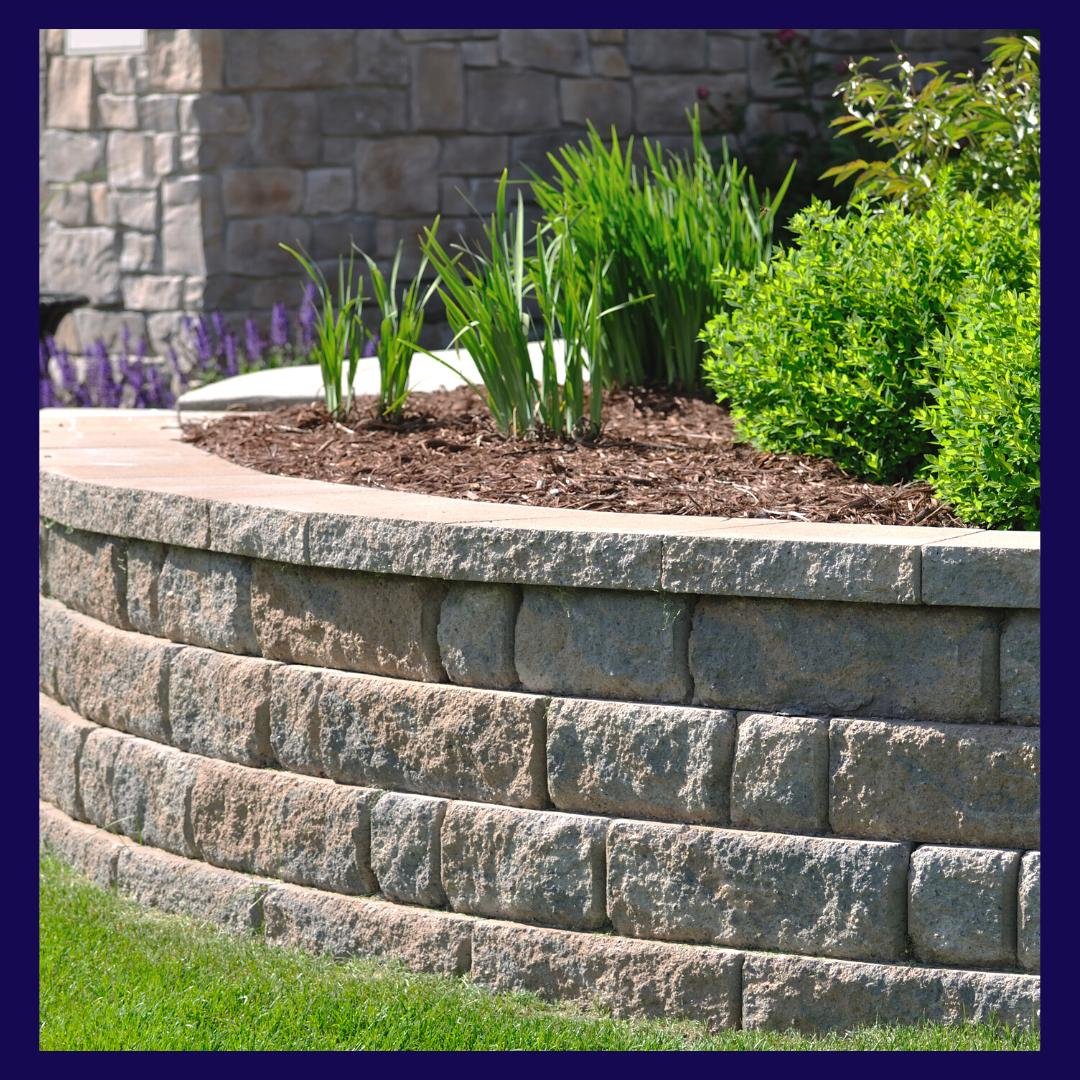How To Patch A Hole In the Walls
If you have ever been in the unfortunate situation of being faced with something accidentally hitting or bumping into your wall and leaving a hole, whether it's big or small then the following is going to guide you through the steps needed to patch it up good as new.
Let's start with smaller holes
If the hole is small or you are looking to fill in chips, dents or cracks then Spakfilla will be the best choice here. It is very easy to use and can be found at any local hardware store or supermarket. Once you have your Spakfilla ensure the area that is being filled is clean and free of any loose material also make sure the area is dry. Using the flexible spatula provided, press the Spakfilla firmly into the area and smooth the surface off. You can apply a good amount of Spakfilla onto the area as it is easy to manipulate and scrap off any excess you don't need. When finished with the Spakfilla make sure the lid is on tight as it dries out fast. Allow 1-2 hours for drying then lightly sand the area to ensure a smooth flush finish. When painting over the newly fixed area allow 24 hours for oil based paints or 1-2 hours for water based paints.
Moving onto larger holes
The first option to fix a larger hole is to get a repair patch, repair patches come in a wide variety of sizes and create a strong and durable finish.
When using a repair patch you will need:
Repair patch big enough to completely cover the hole
Plaster filler
Sandpaper
Scraper
Once you have all your materials, make sure the area is clean, dry and free of any loose materials. Take your repair patch and remove the basking on the mesh and place it so that all edges of the hole are covered. Take your scraper to apply the filler making sure you cover the patch in an even and thin layer, next allow it to dry. Once the first layer of filler has dried apply a second coat of filler so the mesh is well hidden. Next we wait for our second coat to dry then we can give the area a sand to smooth out the area ready to paint if needed.
The second option for bigger holes is to patch the hole with brand new plaster. This may sound like it's a job for a professional builder but I assure you that anyone can do this with the right materials and guidance.
Our first step is to measure the area of the hole we are fixing, the best option is to measure a square that covers the hole and then add an extra 5cm to the width and height so that we can cut and use a square piece of plaster the correct size. This will give us the best looking and polished finish possible.
Next are the materials we will need, they are:
Plaster knife
Putty or joint compound
Tape measure
Construction adhesive tape
Sandpaper
A piece of plaster with backing paper big enough to cut out our previously measured square for the hole
The next step is to cut our piece of plaster to the size of the square we measured on the wall around the hole. When cutting to size double and triple check all measurements are correct and the plaster is the correct size for the hole. This piece of plaster now needs to have the 5cm border around it cut back so that there is only the backing paper left around the edge and we have a piece of plaster that's the correct size to fit into the hole.
We then use our plaster knife to enlarge the hole in the wall to our measured out square, this is going to be the same height and width as the plaster we just measured and cut to go in the hole, minus the backing paper border (Be sure to check inside the hole before cutting for any electrical wires or dangers). After cutting make sure to remove all paint shavings or fractured plaster, sand the rough edges of your cuts when finished.
Next we apply our putty or joint compound to the paper backing around our new piece of plaster and fix the plaster into the hole we have just cut to size making sure we press down hard on the paper edges so they firmly attach to the surrounding wall. Next apply our putty over the whole patch making sure we get it as smooth and thin as possible. Let this first coat dry then sand and repeat until the patch is fully concealed.
Once the last coat is dry it is ready to repaint, you will hopefully have some leftover matching paint. If there is no matching paint lying around then it is possible to take in a decent size piece of the plaster that we had to cut out of the wall into bunnings where they can try to match it for you.
Squarepegs Coffs Does it All
Getting in touch with Squarepegs Handyman has never been easier. The brand new Contact Us page on our website allows you to share the project you are hoping to have completed with great detail and photos!
Contact us here to learn more and to organise your free quote.
WHERE WE WORK
You’ll find Squarepegs Handyman in and around Chisholm, Maitland and NOW Coffs Harbour! Contact us to find out if we service your area.
We cannot wait to work with you!





There are a number of reasons to choose artificial turf over real grass. Handyman Ryan explains the pros of fake grass and how to install it in this article.